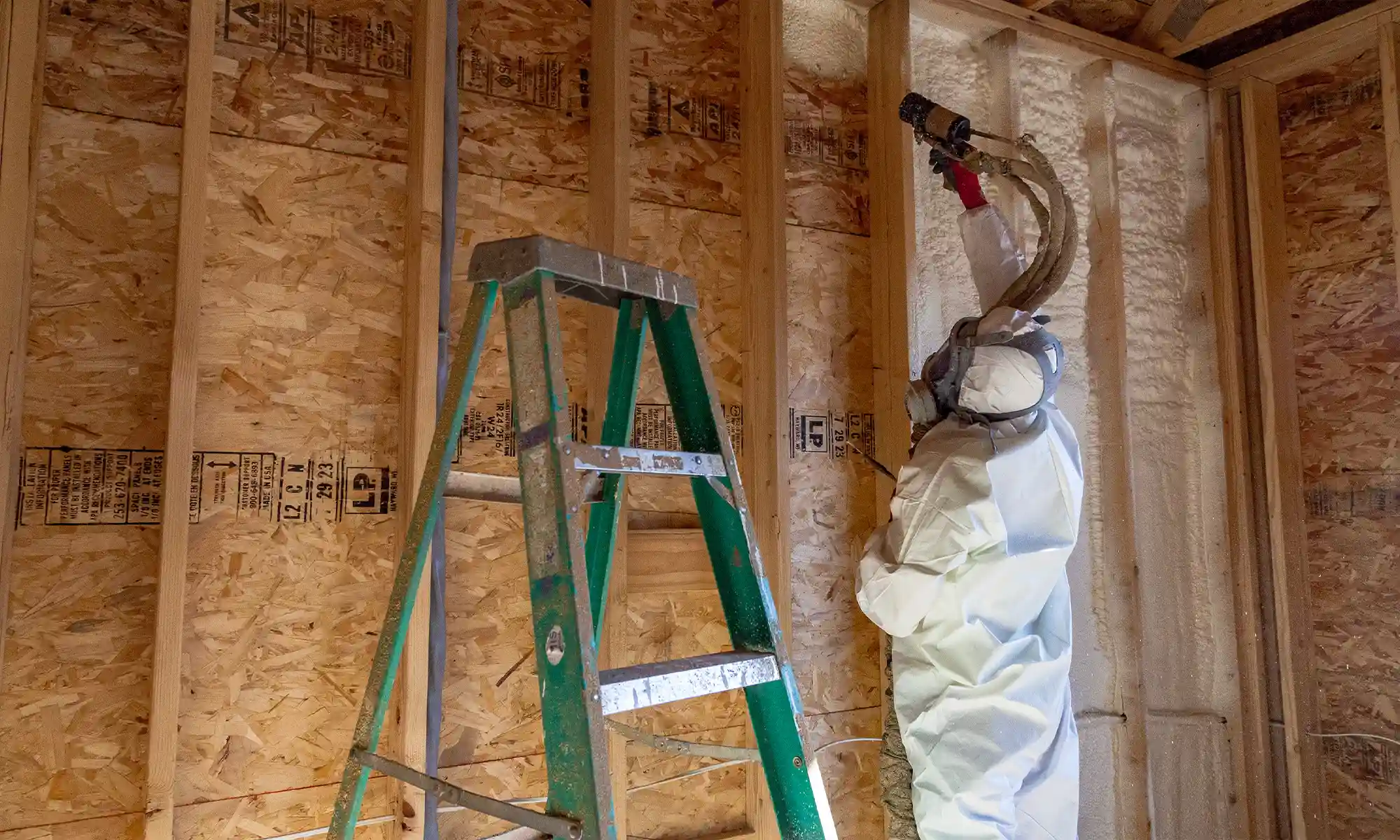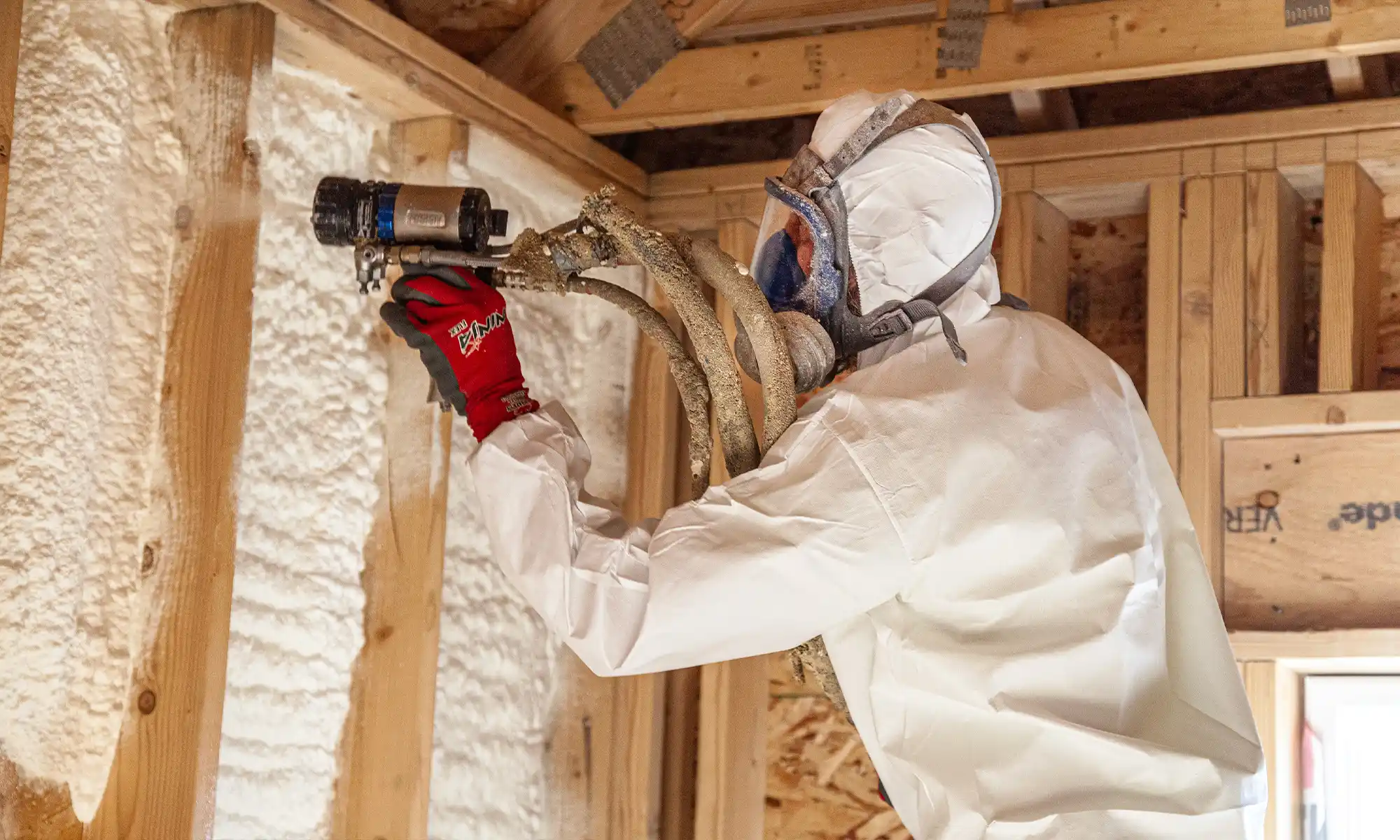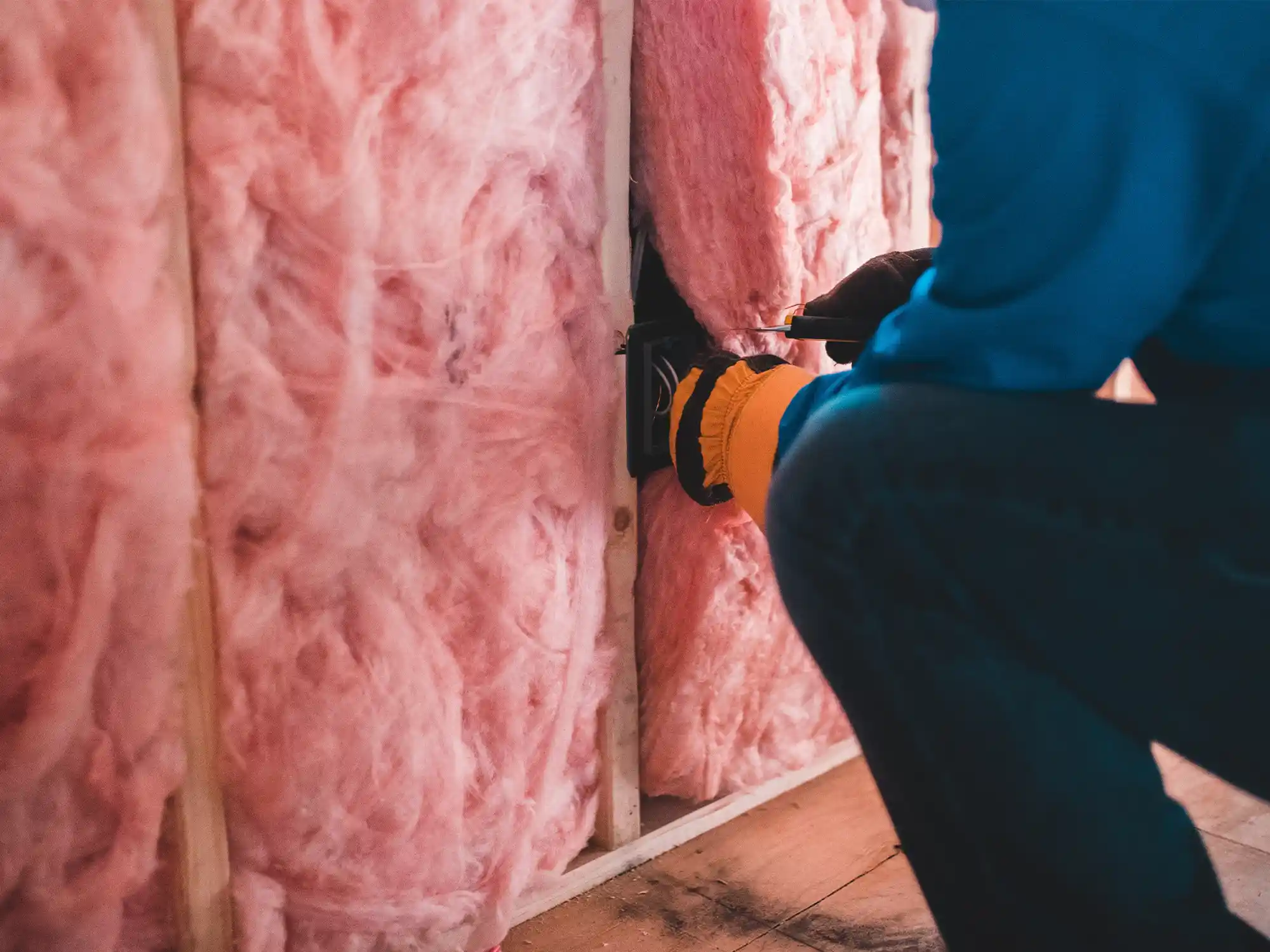So what is SPF?
The spray is a polyurethane based, single component heat and sound insulation that is applied through a special device. The foam is a great insulation option as it seals cracks and gaps, insulates and provides a moisture barrier. SPF also comes in two options: closed-cell and open-cell foam.

What SPF Insulation Made Of?
Spray Foam Insulation is made by combining the chemical isocyanate and polyol resin into a foam. Polyurethane is the most commonly used material for spray foam and contains a low-conductivity gas in its cells and comes in two forms: open-cell (effective sound absorber) and closed-cell (high density | high R-value). The chemical mixture of isocyanate and polyol resin reacts to expand up to 30-60 times its liquid volume once it is sprayed in place.
How To Install & Remove SPF Insulation
Spray Polyurethane Foam Insulation has two separate liquids that react in order to foam up and harden. The two liquids come in different drums or containers, typically referred to as the “A” side and the “B” side. Each of these liquids sit on a type of spray gun and each side sit next to each other.
The “A” side of the system is typically comprised of methylene diphenyl diisocyanate (MDI) and polymeric methylene diphenyl diisocyanate (pMDI). The “B” side is typically a made up of polyols, catalysts, blowing agent, flame retardant and surfactant.
The polyols of “B” side are a big part of the chemical reaction that makes the foam. The remaining chemicals in “B” side help control the creation of the foam bubbles (the “cells”) in the most functional way and provide various ways to finish the final foam product (etc. flame retardancy). After the the chemicals from the two liquids are mixed and reacted, the foam products then hardens quickly (time for each type of insulation varies). Once the foam is hardened, the insulation is completed in that area it was applied to and simply needs to dry out.
Removing Spray Polyurethane Foam Insulation can be a messy and time consuming process. When trying to remove SPF from a few “mistake” areas then the best course of action is to cut through the excess insulation with a knife or saw. When trying to remove foam from a cavity then a hammer or a chisel will be the best tool. Any remaining spray foam can be removed with hard-bristled brush. All that is left is to pick up all the mess that you have made.
If trying to remove all of the SPF insulation then machine removal will be the best option. Spray Foam vacuum units are monstrous and very powerful machines, almost like a super vacuum. Bring the vacuum to the area you are removing foam from and start chipping all of the foam off. The vacuum will suck up any materials into the bag to ensure you are collecting all the materials and harmful chemicals.
It is important that when applying and removing SPF that you wear personal protective equipment, specifically a respirator to protect chemicals from entering the body.

Where To Use SPF?
Spray Polyurethane Foam (SPF) Insulation can be used almost everywhere that you can imagine for heat and acoustic insulation purposes. Some of the most common examples are roofs, attics, facades, foundations, basements, cellars, floors, internal walls, inner sections, ceilings, and much more. SPF insulation can also be used on the structural elements of buildings, balconies, doors, window slopes, etc.
Closed-Cell vs Open-Cell Foam
Closed-Cell
- High R-value: greater than 6.0 per inch
- High moisture barrier: lower moisture permeability
- Absorbs sound
- Creates air barrier
- Water resistant
- Greater strength & rigidity
- Medium density: 1.75 – 2.25 lbs/ft3
Open-Cell
- R-value of 3.5 per inch
- Lower moisture barrier: higher moisture permeability
- Absorbs sound extremely well
- Full wall thickness air barrier
- Not water resistant or recommended for direct water contact
- Lower strength & rigidity
- Low density: 0.4 – 1.2 lbs/ft3







